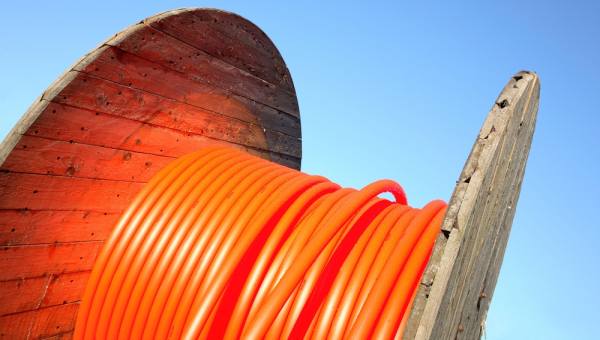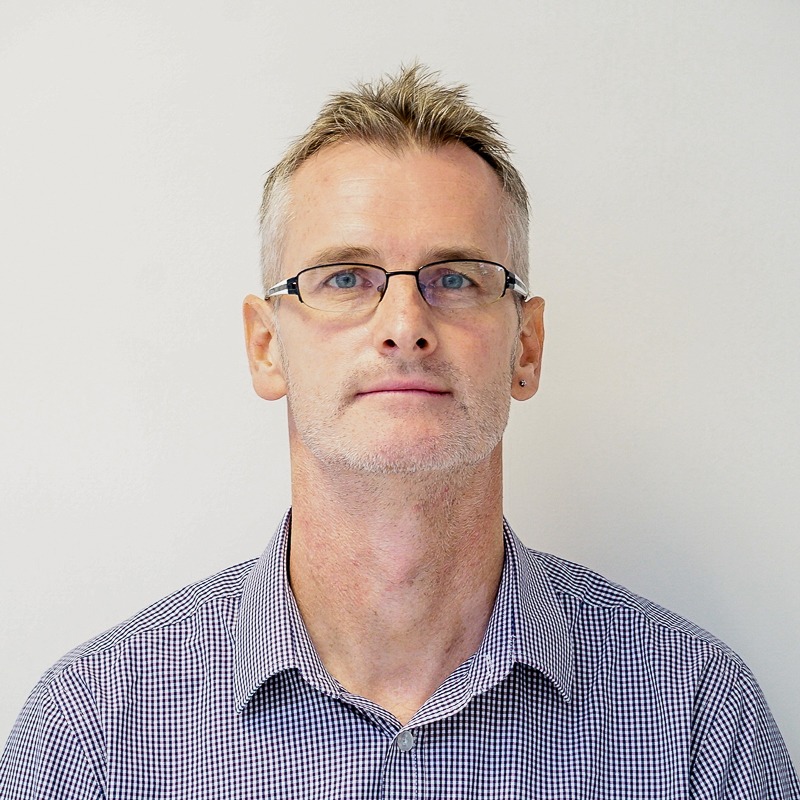Not all FTTH is equal says council
Not all FTTH is equal says council

The Fibre To The Home (FTTH) Council Africa has issued a statement detailing the accepted definition of true FTTH connectivity and warns the market to check on the validity and sustainability of their service.
According to the Council, Fibre To The Home (FTTH) dramatically increases the connection speeds available to computer users compared with technologies now used in most places, or at least it should, and for this reason everybody wants an FTTH connection.
"It can only provide these raging speeds it promises if the topology is an end-to-end fibre connection. Since most FTTH networks are terrestrial (deployed below the ground) how do you really know that your connection is an FTTH connection?" the organisation states.
Today FTTH is a brand. "It is the same as referring to a specific model of sports car. However, unlike a sports car you cannot lift the hood to see under the bonnet to determine if all the parts are 'certified genuine' and consumers have to rely on what you are told/sold" says Juanita Clark, CEO of the FTTH Council Africa.
"The Fibre Council Global Alliance is the global body of FTTH Councils from around the world. Not only do this group subscribe to a MOU, but it also tackles issues of global importance, amongst it a document that is revisited that deals with definitions. This document has become the globally accepted terms of reference for FTTH installers and operators" she says. "The aim of this document is to ensure that there are no ambiguity with regards to the definition of, amongst other, the term FTTH".
According to the definitions document the accepted definition for FTTH is defined as an access network architecture in which the final connection to the subscriber's premises is optical fibre.
"In order to guarantee FTTH speeds, the network must be an end to end fibre optic connection. Any other technology as part of its architecture will influence the rapidity and may result in lower up and download speeds," according to the council.
"FTTH Council Africa members subscribe to a Code of Conduct and therefore must provide true FTTH connectivity according to the definitions document. When looking for an FTTH solution it is recommended to do some investigation and ask if your selected partner is a member of the FTTH Council Africa" Clark said. "Market forces indicate that there will be many new entrants that want to capitalise on the high demand. Consumers need to ensure that they employ sustainable solutions. The bottom line is that FTTH members properly designed and deployed fibre network, users will always get the speeds that are advertised – or better... and a big part of our mandate is to protect the good name of FTTH" she concluded.
The annual FTTH conference begins on 20 October in Kigali, Rwanda. The event is described as being an opportunity for industry to discuss ways to educate stakeholders on the brand of FTTH and the strategic use of this resource.
Several telecommunications service providers have announced developments within the FTTH space, including MTN, Telkom SA, Liquid Telecom and MultiChoice.
In March this year the FTTH Council Africa, in collaboration with Africa Bandwidth Maps, announced the launch of a survey to determine the fibre network reach in Africa and the continent's most connected cities.
In an article published by ITWeb, 52 of 54 African countries are now connected to submarine cables, either directly or by terrestrial cross-border fibre optic networks. Additionally, as at December 2014, Africa had a total of 586 707km of operational fibre optic network.
